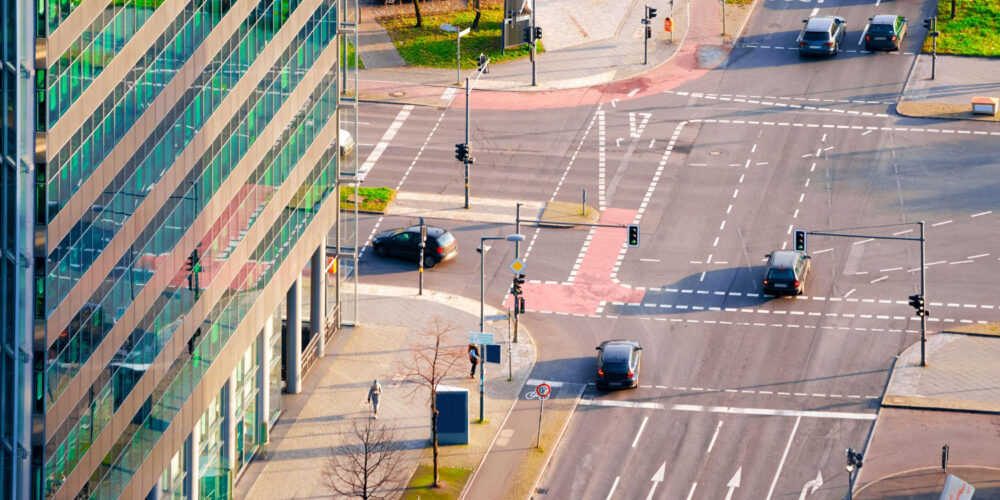Smart City technology

Smart city technology is increasingly being used to improve public safety, from monitoring high-crime areas to improving emergency preparedness using sensors. For example, smart sensors can be critical components of an early warning system before drought, floods, landslides or hurricanes. Smart buildings are also often part of a smart city project.
Legacy infrastructure can be retrofitted and new buildings built with sensors to not only facilitate real-time space management and ensure public safety, but also monitor the structural strength status of buildings. Sensors can detect wear and tear and notify officials when repairs are needed. Citizens can help in this matter by notifying officials through a smart city app when repairs are needed in buildings and other public infrastructure such as potholes. Sensors can also be used to detect leaks in water mains and other pipe systems, helping to reduce costs and improve the efficiency of public workers.
Smart city technologies also bring efficiencies to urban manufacturing and urban agriculture, including job creation, energy efficiency, space management and fresher goods for consumers. Smart cities use their network of connected IoT devices and other technologies to achieve their goals of improving quality of life and economic growth. Successful smart cities follow four steps:
- Collection – Smart sensors throughout the city gather data in real time.
- Analysis – Data collected by smart sensors is evaluated to gain meaningful insights.
- Communication – Insights that were found in the analysis phase are communicated to decision makers through strong communication networks.
- Actions – Cities use insights from data to create solutions, optimize operations and manage assets, and improve the quality of life for residents.
While cities already present environmental advantages, such as smaller geographic footprints that have less impact on ecological systems, they also have negative environmental impacts with emissions, such as extreme use of fossil fuels.
The network of smart city technologies could mitigate these harmful effects. Switching to an electric public transport system would not only reduce fuel emissions, but could also have the advantage of working closely with the city’s electricity infrastructure to minimize the impact of charging batteries during peak hours of electricity use.
In addition, with proper coordination, electric vehicles could also be used to regulate the frequency of the city’s power grid when it is not in operation.


